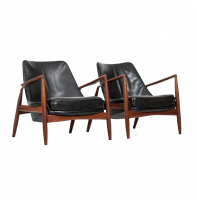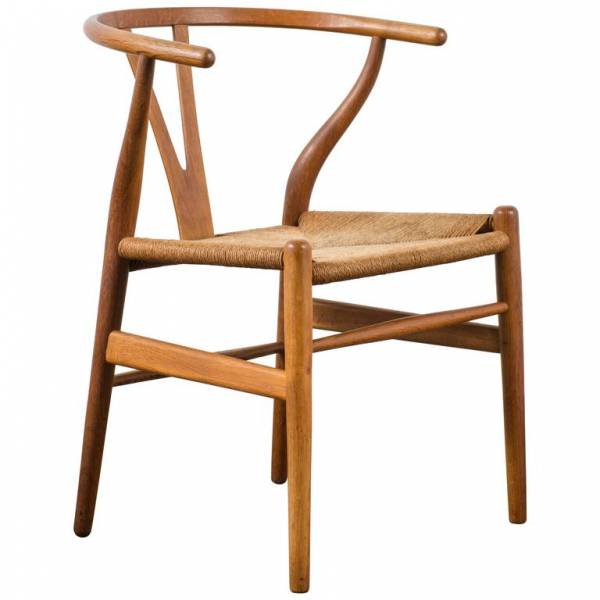For a free, no-obligation estimate please email us at [email protected]
Rush seating is made from twisted cattail leaf or bulrush and is usually applied in the pattern above. It is calculated on a square inch or square centimetre basis and in order to calculate your price you need to do the following:
Measure the widest point front to back and the widest point side to side - in inches. Then multiply the two figures together. Email or call us with the figure and we will tell you the cost.
When newly applied, rush has a greenish tinge as a result of it having been a living plant and takes some time to mellow to the gentle tan colour commonly associated with rush seated chairs.
There are several substitutes for rush - the most common of which is known as seagrass, which is rougher and less attractive, although easier and cheaper to apply.
Danish cord, a type of waxed paper, which resembles a smooth version of rush was used on Scandanavian designed furniture from the 1950s onwards and is another service we are able to provide.
Several other things to bear in mind...
Occasionally, when the old rush is removed, we find that it was the rush that was actually holding the frame together. In this case, some remedial repair work will be necessary before the recaning can be carried out. We may need to dismantle, reglue and reassemble an average chair, which is in addition to the rushing costs. If any joints are actually broken, this can cost more. Rushing puts a huge amount of stress on the frame and the joints need to be strong and firmly glued before we can proceed.
We can also reproduce the same pattern in a variety of other materials such as seagrass and manmade fibres.
A very nice gentleman with decades of experience carries out our rush work and generally turns around work within about 3-5 weeks.
All Restoration





